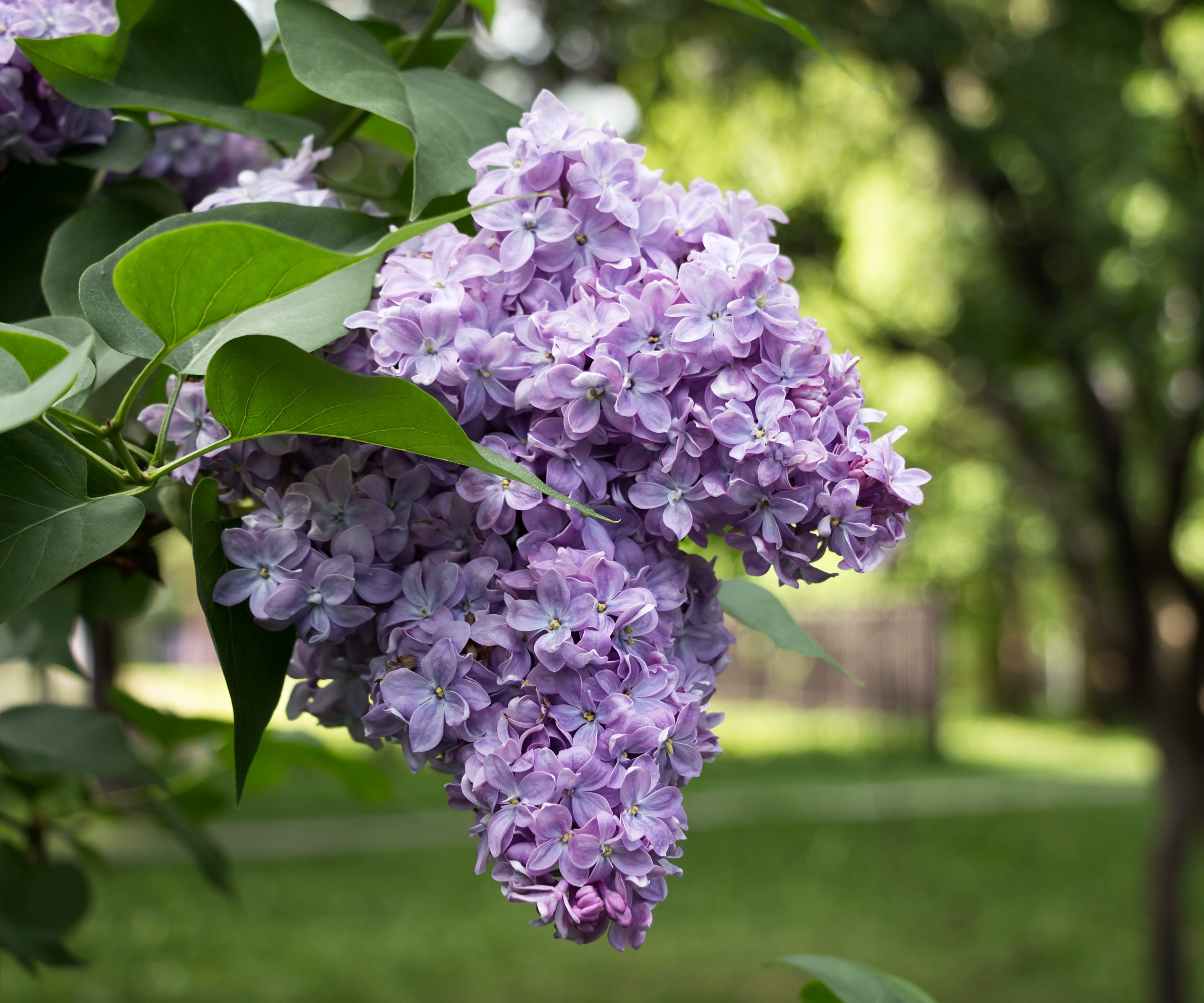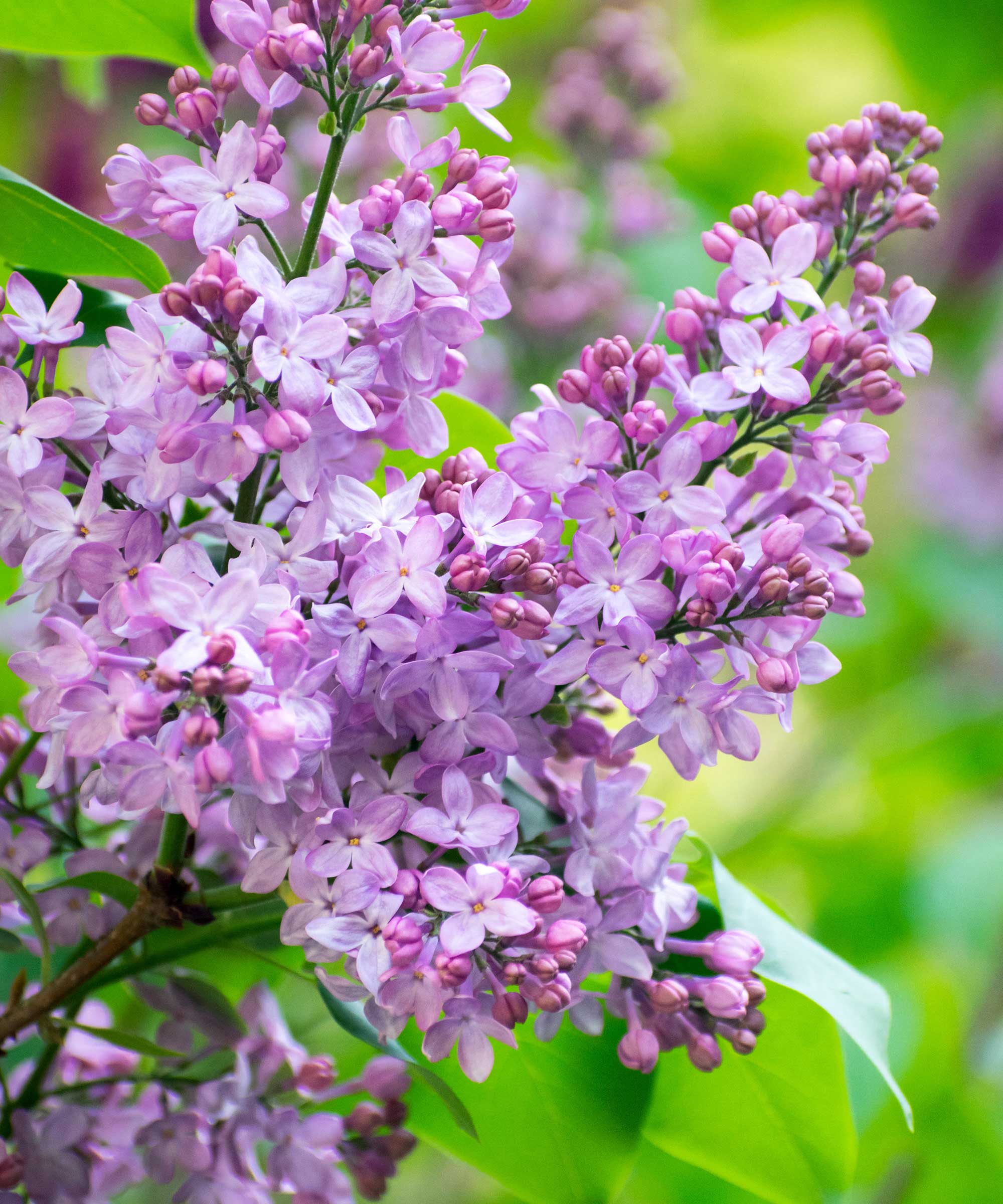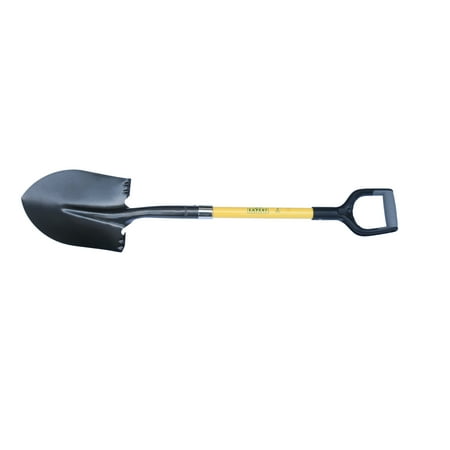September is the perfect time to plant lilac bushes – expert tips on how and when to plant these fragrant shrubs successfully
Planting lilac bushes at the right time will ensure that your shrubs get off to the best start


Lilac bushes are classic spring flowering shrubs. From April, large conical panicles of fragrant blooms are a common sight in front and backyards, and for good reason. Yet it is not just for these perfumed flower clusters that lilacs are grown. These plants are notoriously tough and low-maintenance, thriving in cooler temperatures down to US hardiness zone 3, proving to be a useful and structural addition to borders and containers in cooler regions.
Fall is an ideal time to plant lilac bushes, as doing so when the weather is mild - not too hot, but not too cold - will help your plants establish roots before winter sets in. Come spring, your lilac bushes will be in good shape, and ready to put on a floral show.
Planting is a crucial element of learning how to grow lilacs, and with the right preparation, you can look forward to years of lilac beauty and heavenly perfume in your yard. So, whether you are looking to plant a lilac hedge or perhaps just one single statement shrub in a large pot, our guide has all the information you need to succeed.

How and when to plant lilac bushes
Lilac bushes, Syringa vulgaris, are native to southern Europe and Asia, thriving in US hardiness zones 3 to 7 and tolerating winter temperatures down to -40°F. These hardy, deciduous shrubs are ideal for growing across much of the northern hemisphere, typically reaching no more than 8 to 15 feet tall, although some larger varieties can eventually grow to 30 feet if left alone without any pruning. Knowing how and when to plant lilac bushes is important, and doing so at the right time will ensure that your shrubs thrive.
When is the right time to plant lilac bushes

'Planting lilacs in the fall months will give these flowering shrubs plenty of time to establish a healthy root system before the ground freezes in the depths of winter,' says Rachel Bull, head of gardens at Homes & Gardens.
'While this will vary depending on where you live, generally, the best time to plant is after the heat of summer has passed but before the first hard frost, usually somewhere between September and November,' Rachel adds.
It is a good idea to monitor the fall weather predictions to ensure that a cold snap isn't immediately on the way. So long as the weather is mild, you should be fine to get planting. Importantly, however, if you miss the planting window, I recommend waiting until spring before reaching for your garden fork and spade. Planting too late in fall or during winter will prove challenging - if deadly - for lilacs.

This fiberglass shovel will easily break through densely packed soil. With a lightweight but heavy-duty design, planting shrubs and perennials in your yard will be quick and pain free.

Rachel is a gardening editor, flower grower and floral designer. Her journalism career began on Country Living magazine, sparking a love of container gardening and wild planting. After more than a decade writing for and editing a range of consumer, business and special interest titles, Rachel became editor of floral art magazine The Flower Arranger. She then trained and worked as a floral designer and stylist in London for six years, before joining the Homes & Gardens team.
How to plant lilac bushes

While they are fully hardy, these spring flowering shrubs need a sunny spot in the yard, so always consider where to position your lilac so that it enjoys at least six to eight hours of sunshine each day. Remember that the more sunlight your shrub receives, the more blooms it will produce.
Using a heavy-duty spade, dig a hole two to three inches wider than the lilac root ball or pot, but no deeper. This last point is important, as you do not want your newly planted lilac to sink or sit below ground level, as this will mean that water will drain towards the base of the plant and can lead to rot.
Lilac shrubs do not like to sit in water, so it is a good idea to combine some grit with good-quality potting soil, available from Amazon, to ensure adequate drainage for your new plant.
When considering how to fertilize lilacs, they thrive in slightly alkaline soils, so incorporating a small amount of lime or organic bone meal, available from Amazon, is a good idea when planting. Bone meal will encourage root development, so a light sprinkling combined with your potting soil can help your plant to establish in the first few weeks and months.
Bert Bast, garden expert and owner of Bast Brothers Garden Center, cautions against using too much fertilizer, however: 'Fertilizing lilac plants when they do not require any extra nutrients will harm flower production, so always use sparingly when planting.'
Bert recommends 'using something low in nitrogen, and sticking with organics if you are going to fertilize.'
Finally, ensure that you give your lilac shrubs enough space and room to grow. I suggest planting them in a position where they have at least five feet of space, to ensure that sunshine is not impeded. If you intend to plant a fragrant hedge, however, you will want to position them slightly closer together. In this instance, I suggest regular monitoring for mildew and other pests as your hedge beds in, as planting lilacs close together will limit air circulation.

Bert Bast is a garden expert and owner of Bast Brothers Garden Centre. Established in 2014 and nestled in the heart of Mullica Hill, NJ, Bast Brothers Garden Center is a destination for all things garden.

Bone meal is a great fertilizer for lilac bushes as it helps to make the soil more alkaline. Apply a light sprinkling to the surface of your soil for the best results.
FAQs
When is a good time to move an established lilac?
The ideal time to lift and move lilac shrubs is in early spring. I recommend doing so after your lilac has bloomed but before the challenging heat of summer. Older, established specimens will have an extensive root system and may take significant effort to lift.
Finally, be sure to give your new lilac bushes a deep watering after planting, but ensure that the water quickly drains away. If your soil appears waterlogged, and the water takes a long time to soak through, this is a sign that your plant may struggle.
If this is the case, I recommend lifting and moving the lilac plant to a more suitable spot in the yard. If your soil is entirely clay-based, growing lilacs in a pot might be your best option.
Sign up to the Homes & Gardens newsletter
Design expertise in your inbox – from inspiring decorating ideas and beautiful celebrity homes to practical gardening advice and shopping round-ups.

Thomas is a Content Editor within the Gardens Team at Homes and Gardens. He has worked as a professional gardener for both public spaces and private estates, specializing in productive gardening, growing food and flowers. Trained in Horticulture at the Garden Museum, he has written on gardening and garden history for various publications, including The English Garden, Gardens Illustrated, Hortus, The London Gardener and Bloom. He has co-authored a Lonely Planet travel book, The Tree Atlas, due out in 2024.
-
 This Michelle-Pfeiffer-approved chair is made of a forebodingly unusual material, opening the debate: Is it a rustic stunner, or a danger to sitters?
This Michelle-Pfeiffer-approved chair is made of a forebodingly unusual material, opening the debate: Is it a rustic stunner, or a danger to sitters?The actress took to Instagram with a chair made of a controversially sharp material – and fans are unsure of how they feel about it
By Sophie Edwards Published
-
 How to clean a patio – 6 different methods, and when you must use a chemical cleaning agent
How to clean a patio – 6 different methods, and when you must use a chemical cleaning agentFrom manual scrubbing, natural solutions or calling in the pros, industry experts reveal the benefits and considerations of each method
By Andy van Terheyden Published